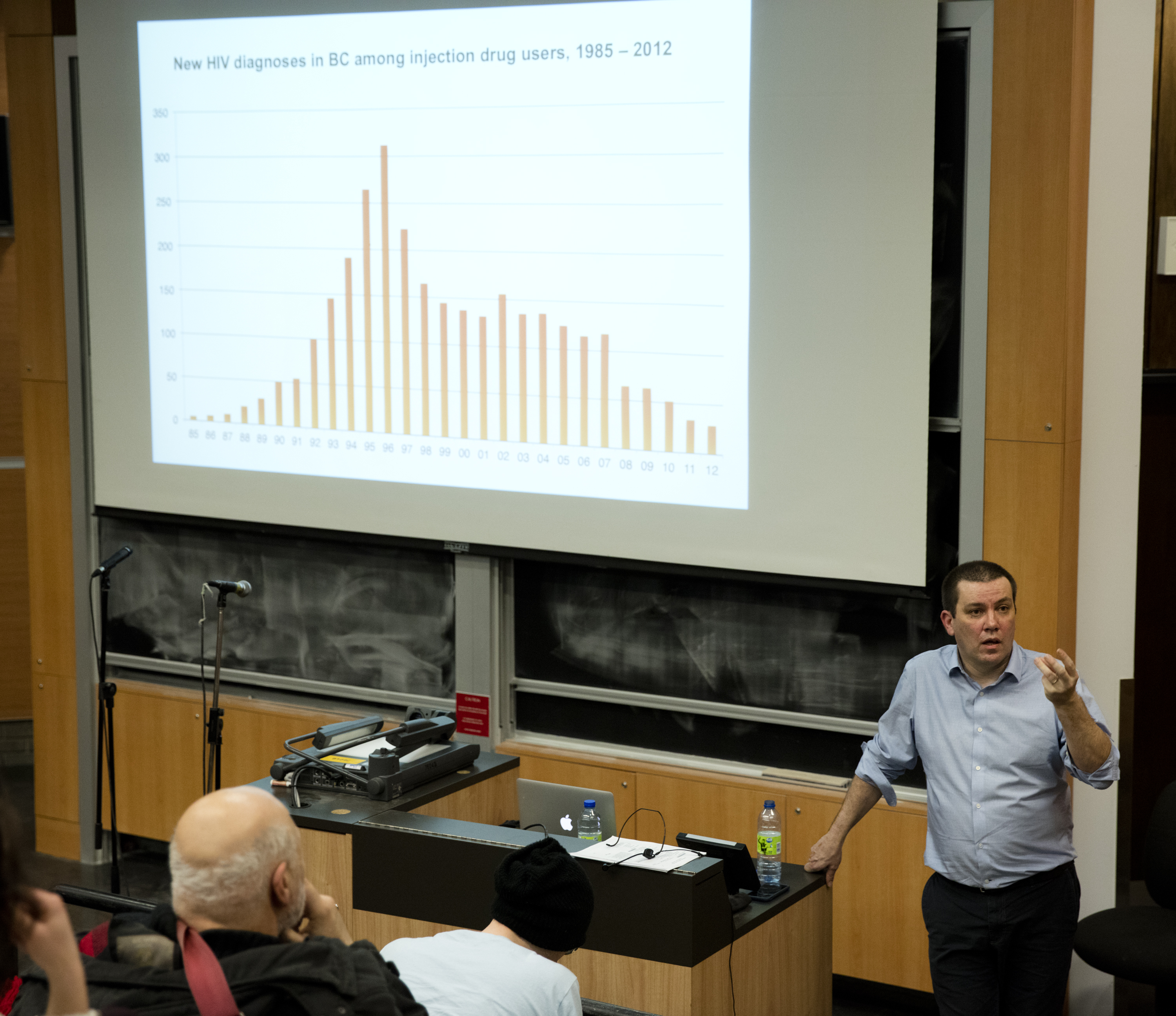With medicine and harm-reduction techniques, the virus may soon be a thing of the past
The last recorded national statistics for those living with HIV/AIDS in Canada reported 2,570 new cases, according to the Aids Committee of Toronto. As found by national HIV estimates, by the end of 2014 an estimated 75,500 were living with HIV in Canada according to the Community AIDS Treatment Information Exchange website. The province with the highest rates of new reported cases was Ontario with 39.6 per cent; Quebec followed close behind with 21.7 per cent.

M.J. Milloy is a research scientist and infectious disease epidemiologist from the British Columbia Centre for Excellence in HIV/AIDS and an assistant professor of medicine in the AIDS division at University of British Columbia. On March 10, he spoke at the Leacock building on McGill campus to discuss ending HIV/AIDS, organized by the Concordia University Community Lecture Series. Milloy spoke to The Concordian to share his knowledge on Vancouver’s approach of harm reduction techniques.
Milloy said rates of HIV in Vancouver decreased due to changes in the way the virus is being addressed. “Vancouver decided to treat [drug use] as a public health problem and not a public order problem,” said Milloy. “Not a problem for police, but a problem for doctors and nurses in the healthcare system.” Milloy said this lead to a number of programs being created to address issues surrounding drug use. This includes educating users on the risks and consequences associated to unsafe drug use, such as contracting HIV/AIDS, rather than focusing on how drug use itself is bad.
To Milloy, abstinence is often seen as the first step—a view which often gets in the way of addressing the issue. Instead, people have suggested harm reduction. “Harm reduction is really the [central] idea behind Vancouver’s fight against HIV,” said Milloy. “Because of the commitment to harm reduction, what we’ve seen in Vancouver are a number of programs that have lowered the [transmission] of HIV.”
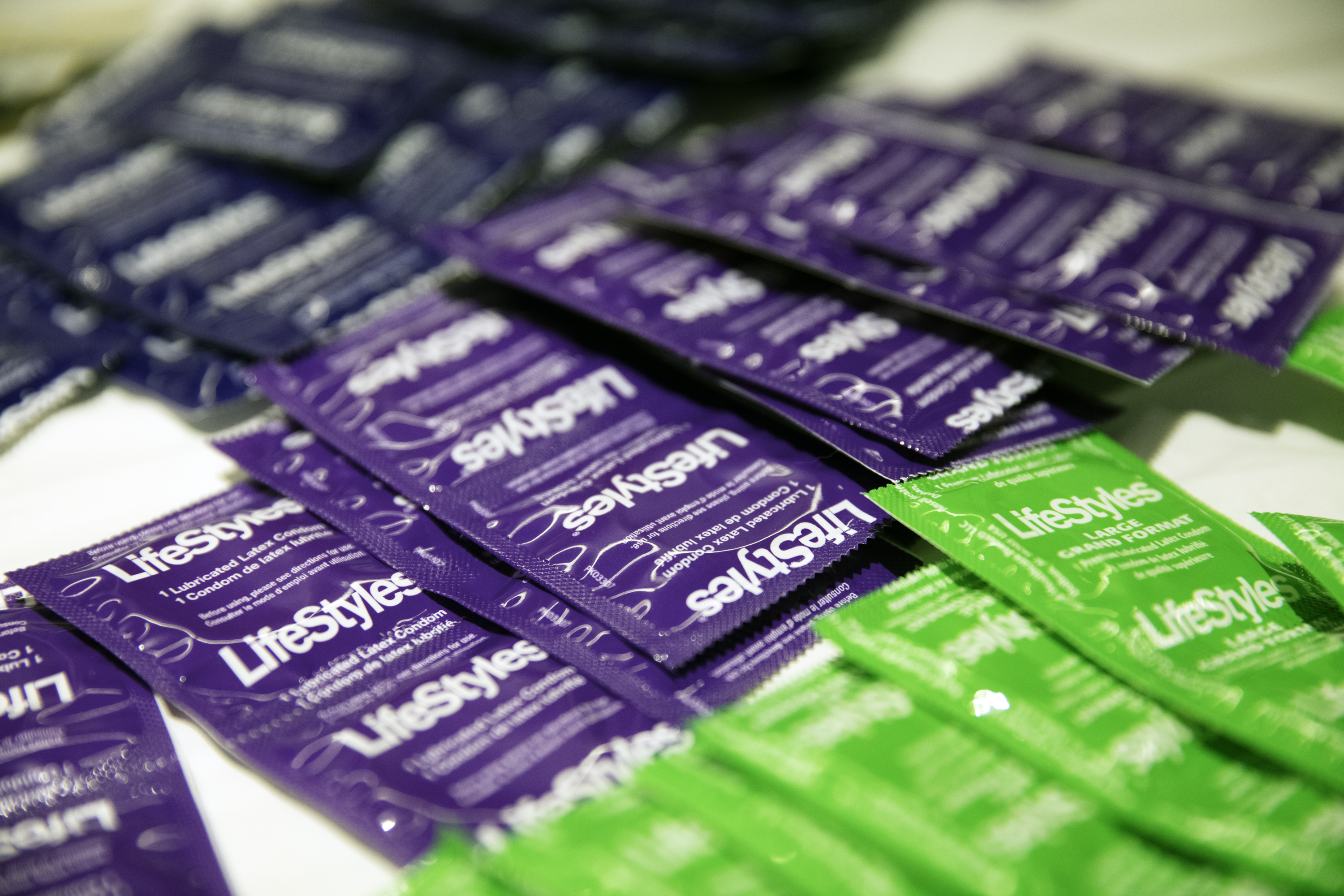
One of the strategies used in Canada to battle the spread of HIV is needle exchange, but this wasn’t making a sufficient enough impact said Milloy. Instead of needle exchange, which is where users can give their used needles in exchange for sterile needles, Vancouver now practices needle distribution.
According to a study found by the American Journal of Public Health in 2010, needle sharing has decreased in Vancouver by 40 per cent.
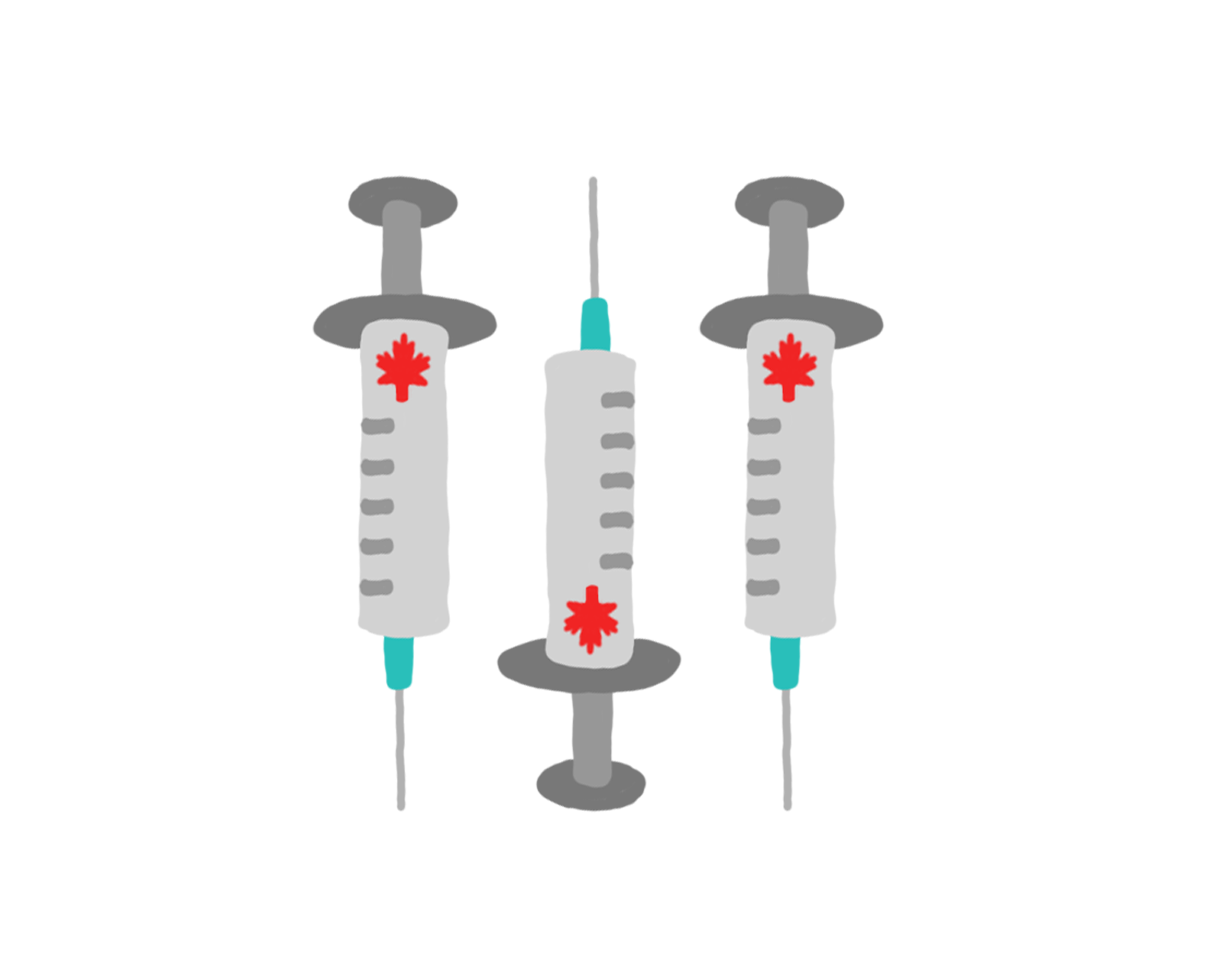
Another program tackling harm reduction is supervised injection facilities. “That’s a way of not only reducing the [transmission] of HIV, but trying to get people [who are] using injection drugs into the healthcare system,” said Milloy. There are currently no supervised injection centres in Montreal, while Toronto is moving forward to be the second city in Canada to open supervised injection centres.
According to Toronto Sun journalist Jenny Yuen reporting via Twitter, Dr. David McKeown has announced at Toronto Public Health, on Monday, that supervised injection sites will be placed in the “[Toronto Public Health], South Riverdale Health Clinic and Queen West.”
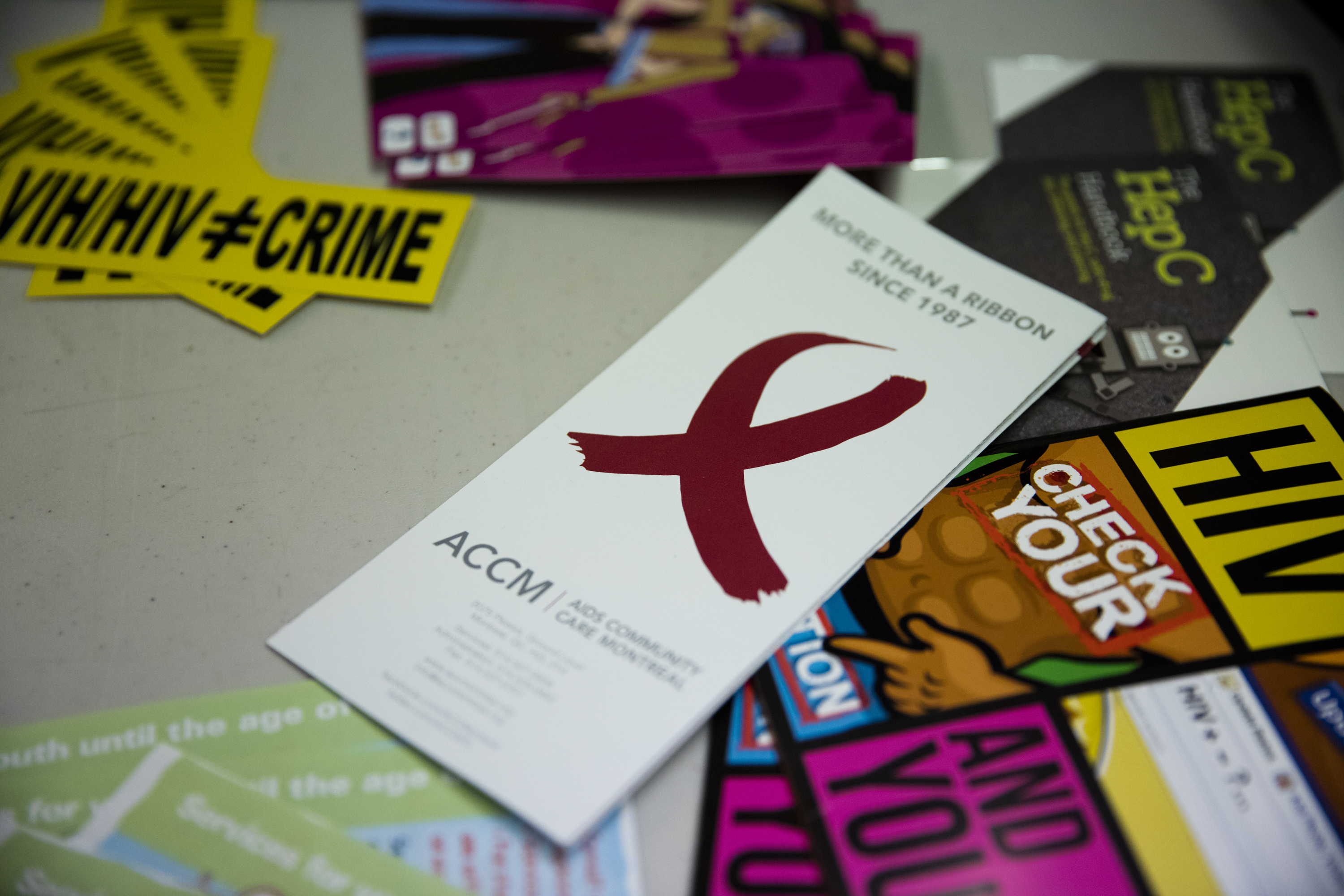
According to CBC News, Montreal Mayor Denis Coderre said last September that he would open supervised injection centres in Montreal—regardless of if the federal government approves or not. Justin Trudeau—who was the liberal party leader at the time—agreed with Coderre’s efforts to implement supervised injection sites in Quebec.
Matthew Halse from the AIDS Community Care Montreal (ACCM) said “there are some great community advocates pushing for supervised injection sites in Montreal, but we aren’t quite there yet in terms of finance and legislation.” This is supported through organizations offering support to those with blood-borne infections, including ACCM, Dopamine and Cactus.
A third contributor to harm reduction is HIV medication. “We’ve learned that over the past 10 years or so, if someone is living with HIV but they are on HIV medications, they not only are going through remission … but they also won’t pass along the virus to other people,” said Milloy. He said that by getting more drug users carrying the virus on HIV medication, the virus will no longer be contagious, reducing the spread of the virus by preventing its reproduction.
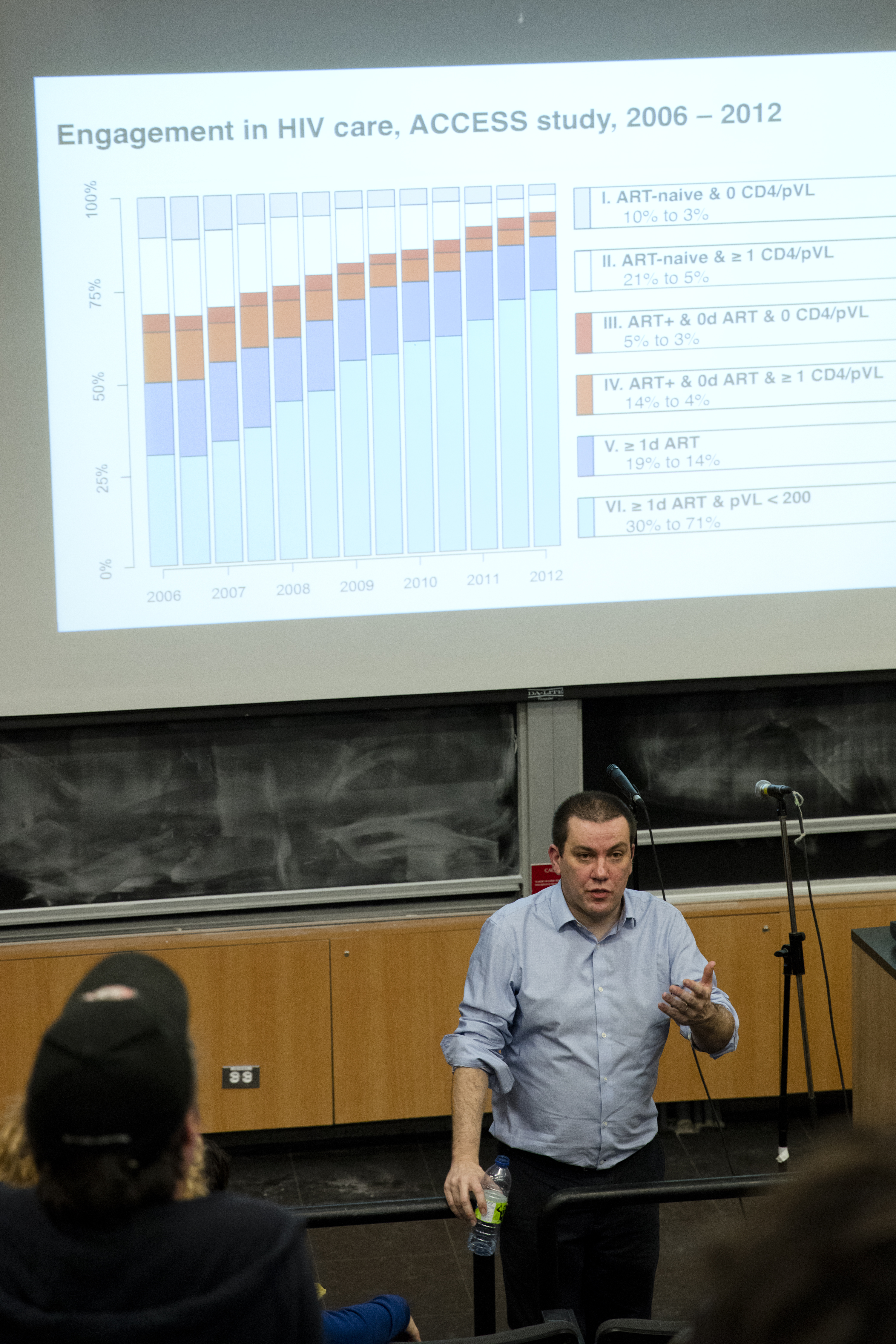
Montreal, along with Vancouver, has adopted needle distribution aimed at reducing rates of HIV and AIDS among drug users. “There are bins all around [the Gay Village and Downtown Montreal] where you can deposit used needles, it’s not an exchange,” said Halse.
Halse said organizations such as ACCM are financially struggling to maintain programs and services.
The Concordian spoke with Daniel Jonathan Laroche, who is living in Montreal with HIV and also works as outreach for the ACCM. When discussing the issues of government support to those living with HIV, Laroche said, “I find personally they don’t have [many] services.” He said the government lacks emotional support towards those living with HIV in Quebec. However, organizations such as the ACCM, which is funded by the government, provides these services. Laroche said that the support could be more beneficial with greater financial aid.
Treating drug use as a medical problem, rather than a criminal problem, has resulted in a number of substantial benefits. “The lesson of Vancouver is that the best response to the health dangers of injection drug use [and] addiction … is a public health response,” said Milloy. “What I hope people take away from my talk is that good harm reduction is always a product of its local environment.”
The Concordian reached out to the City of Montreal for an update on the status of supervised injection sites but received no response by this article’s deadline.

